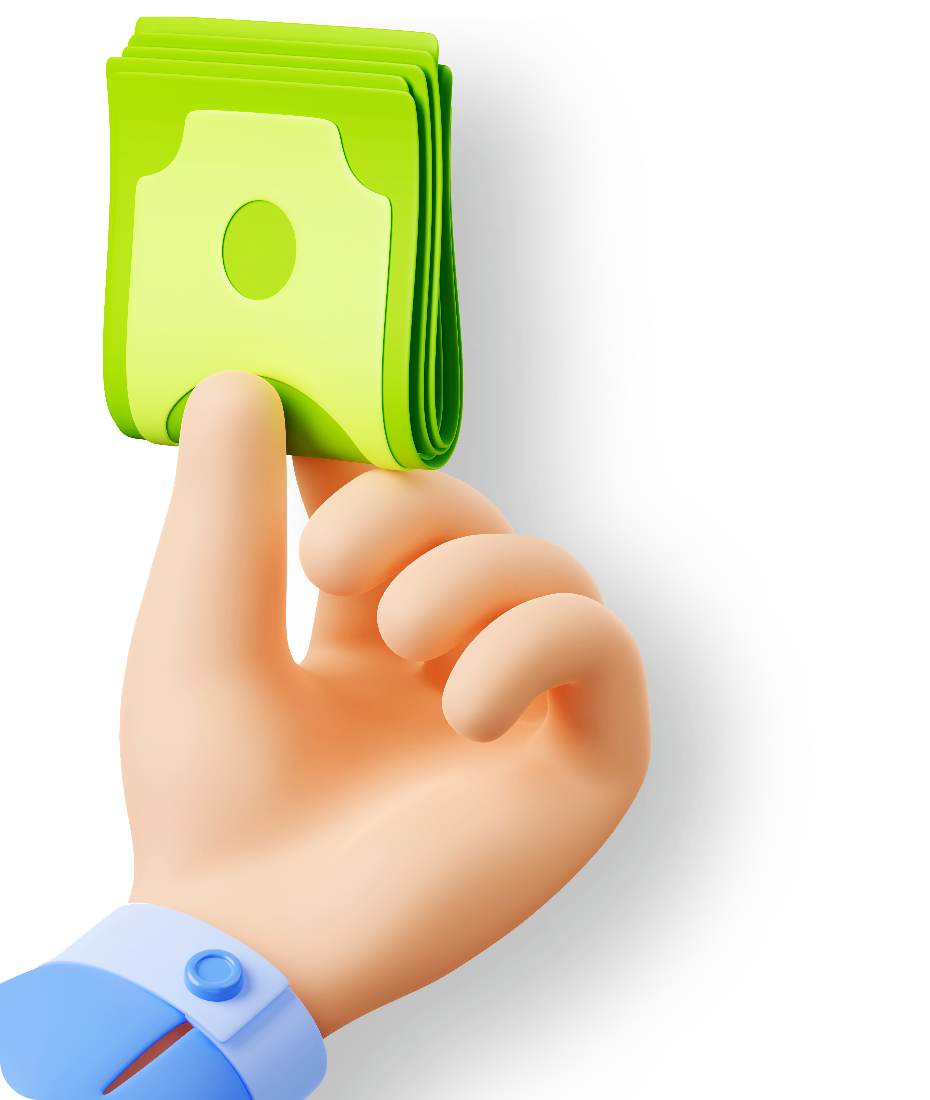Did you know that Wikipedia is the 7th most visited website globally, boasting over 6 billion monthly page views?
That’s right—getting a backlink from this online powerhouse could catapult your website into the SEO elite.
However, acquiring these backlinks requires strategy while respecting Wikipedia’s strict content policies.
This blog post will explain how to get Wikipedia backlinks, the purpose of those links, and some practical steps toward the acquisition of the links while remaining within ethical and compliant practices.
Why Are Wikipedia Backlinks Important?

Backlinks from Wikipedia are considered crucial in boosting your website’s SEO. Wikipedia is a high-authority domain, and search engines accept its outbound links as trustworthy. Here’s why they matter:
- SEO Authority: A backlink from Wikipedia signals search engines that your content is reliable and relevant.
- Increased Traffic: Users often click on links within Wikipedia articles, driving direct traffic to your site.
- Brand Credibility: Linking on Wikipedia increases the credibility and trustworthiness of your brand. Research suggests that 25% of users trust Wikipedia as much as traditional news sources.
- Domain Authority Improvement: Backlinks from sites like Wikipedia boost the domain authority of a website overall.
- Long-Term Visibility: Unlike social media posts or short-lived trends, Wikipedia links provide long-term exposure, with pages often ranking on the first page of search results for years.
How to Get Backlinks from Wikipedia: Complete Guide
1. Understand Wikipedia’s Guidelines
Familiarize yourself with Wikipedia’s policies before trying to obtain backlinks from them. Wikipedia values only verifiable, neutral, and non-promotional content. Any attempt to add biased or self-serving links can result in removal or account suspension.
2. Identify Relevant Pages
Conduct in-depth research to find relevant Wikipedia pages on your niche or industry. Google’s “site:wikipedia.org” search operator or even Wikipedia’s internal search can be helpful in finding pages where your content might fit.
For example:
- Use “site:wikipedia.org [your keyword]” in Google.
- Search within Wikipedia’s categories and articles.
3. Create High-Quality Content
To get Wikipedia backlinks, you need content that meets their standards. This means your content should:
- Be factual and well-researched.
- Contain credible references.
- Offer unique insights or information that isn’t readily available.
Ensure your website hosts articles, white papers, or studies that align with Wikipedia’s neutral tone and authoritative nature.
4. Fix Dead Links
One effective way to secure Wikipedia backlinks is by fixing dead links. Wikipedia articles often contain broken links that need replacement. You can:
- Use tools like Dead Link Checker to find broken links.
- Create or link to content on your site that matches the original reference.
- Edit the Wikipedia page to replace the dead link with your live link, citing your content.
5. Add Missing Citations
Another method is identifying uncited claims in Wikipedia articles. These are often flagged with tags like “[citation needed].” To add value:
- Find a claim that matches your content’s expertise.
- Edit the page and cite your content as a source.
- Ensure your content genuinely supports the statement to avoid removal.
6. Contribute to Relevant Topics
Engage with Wikipedia by contributing to topics within your industry. Create value by:
- Adding information to stub articles (incomplete pages).
- Expanding existing articles with data from your content.
- Ensuring your additions are neutral, factual, and supported by references.
7. Utilize Wikipedia User Pages
Registered Wikipedia editors have user pages where they can share information about their contributions. If you’re an active contributor, you can include links to your site on your user page, though these are no-follow links and offer limited SEO benefits.
Best Practices to Get Backlinks From Wikipedia
👉 Avoid Promotional Content
Wikipedia’s community is quick to remove anything that seems promotional. Focus on adding value to articles rather than self-promotion.
👉 Use Reliable Sources
When citing your content, ensure it references reliable and recognized sources. Peer-reviewed journals, government publications, and respected media outlets are ideal.
👉 Monitor Your Links
Once you get a backlink from Wikipedia, periodically check its status. Links can be removed if the community deems them irrelevant or promotional.
👉 Stay Active in the Community
Building trust within the Wikipedia community can enhance your chances of successfully adding backlinks. Participate in discussions, follow guidelines, and contribute meaningful edits.
Common Mistakes to Avoid with Wikipedia Backlinks
▶️ Spamming Links
Wikipedia’s community and algorithms are quick to spot and remove links that appear to be spam. Adding multiple links to your website across various pages can lead to a ban. Quality trumps quantity when it comes to Wikipedia backlinks.
▶️ Ignoring Wikipedia’s Rules
Failing to adhere to Wikipedia’s guidelines can result in your edits being removed or your account being blocked. Wikipedia’s guidelines, including its neutral point of view (NPOV) policy and verifiability requirement, should be your first point of reference. Always take the time to read and understand these rules before adding any content or links to avoid violations. Violating rules, whether intentionally or unknowingly, can lead to permanent consequences for your Wikipedia account
▶️ Using Low-Quality Content
Wikipedia requires content to be not only factual but also well-researched and credibly sourced. Poorly written or poorly sourced content won’t make the cut. Invest time in creating content that meets Wikipedia’s standards.
Tools to Help You Get Wikipedia Backlinks
- WikiGrabber: Find articles with dead links or citation-needed tags. It simplifies the process of finding gaps in Wikipedia articles that your content can fill.
- Ahrefs: Analyze competitors’ backlinks to identify potential Wikipedia opportunities. This tool is great for link prospecting and finding high-authority Wikipedia pages where your content could fit.
- Google Alerts: Track mentions of your brand that could be converted into Wikipedia backlinks. If the mention appears on Wikipedia or in a Wikipedia article, you can reach out to suggest your link as a credible source to back up the claim.
- Wayback Machine: Access archived versions of dead links to understand their original content. If an article once cited a page on your website that has since been removed or altered, the Wayback Machine helps you understand the original content, giving you the chance to update the link or repurpose your content for the article.”
Benefits of Wikipedia Backlinks for SEO
Securing Wikipedia backlinks SEO benefits include:
- Improved Rankings: Links from high-authority sites like Wikipedia signal search engines about your content’s reliability.
- Organic Traffic Growth: Wikipedia’s massive user base can drive targeted traffic to your site.
- Enhanced Brand Authority: Getting listed on Wikipedia places your brand as a trusted source in the industry.
- Credibility and Trust: As one of the most trusted sources online, Wikipedia backlinks can elevate your website’s perceived trustworthiness in the eyes of search engines.
- Higher Visibility: Wikipedia pages often dominate search results. A backlink from such a high-ranking page can direct a steady stream of users to your site.
- Referral Traffic: Wikipedia’s reputation encourages users to click on links it provides, driving referral traffic to your site.
Indirect SEO Benefits
Although Wikipedia backlinks are typically marked as ‘nofollow’ and don’t directly pass link equity, they offer notable indirect benefits:
- Boosting Brand Awareness: Mentions on Wikipedia amplify your brand’s visibility.
- Encouraging Additional Backlinks: Being featured on Wikipedia establishes your site as an authority, often inspiring other websites to link to you.
Conclusion
Getting Wikipedia backlinks is a cumbersome process that requires one to adhere strictly to the set guidelines, commit to quality content creation, and actually want to add value to the platform. Now that you know how to get backlink from Wikipedia, you follow the steps mentioned above, improve the SEO of your website, and increase traffic flow while building a brand voice authoritative in its niche.
The way forward is to provide value to the Wikipedia community through transparency and high ethical practices.
FAQs
Wikipedia backlinks are links from Wikipedia pages to external websites, often used as references to support claims within the articles.
Such backlinks are from a high-authority domain, thus the credibility and domain authority of a website and also its rankings in a search engine might be enhanced.
Wikipedia backlinks are typically no-follow, but they still provide SEO value through increased visibility and traffic.
Tools like WikiGrabber and Dead Link Checker can help identify pages with dead links or citation-needed tags.
The content for Wikipedia should be well-researched, neutral, of good quality, and supported with credible references.
You can edit a relevant page, add factual content, fix dead links, and cite your content as a reference.
Promotional links violate Wikipedia’s guidelines and may be removed, potentially leading to account suspension.
Yes, but the page must adhere to Wikipedia’s notability guidelines and avoid being overly self-promotional.
Regularly check your backlinks, as community editors may remove links deemed irrelevant or promotional.
Yes, other high-authority platforms like government websites, academic journals, and respected industry blogs are also excellent for backlinks.
In case you missed!






